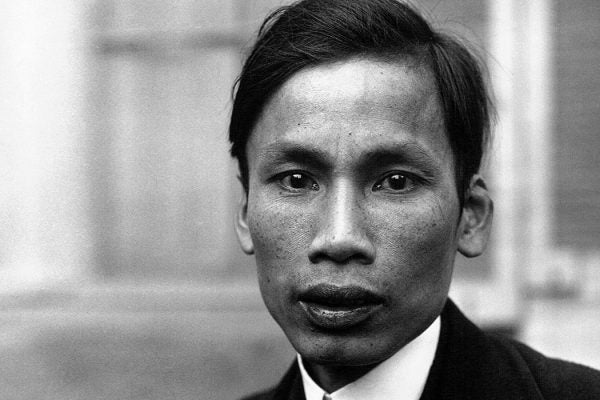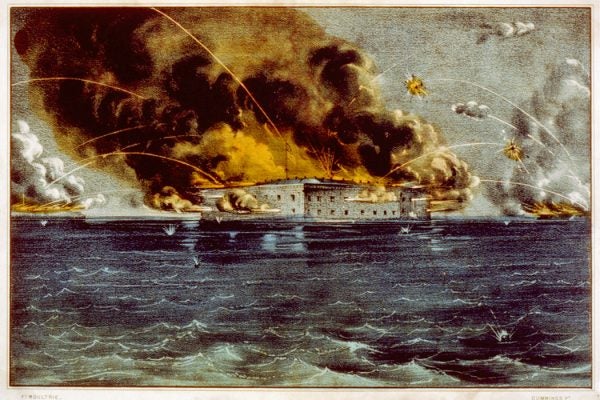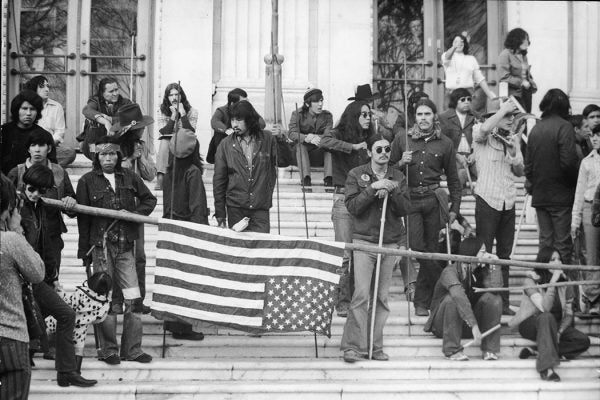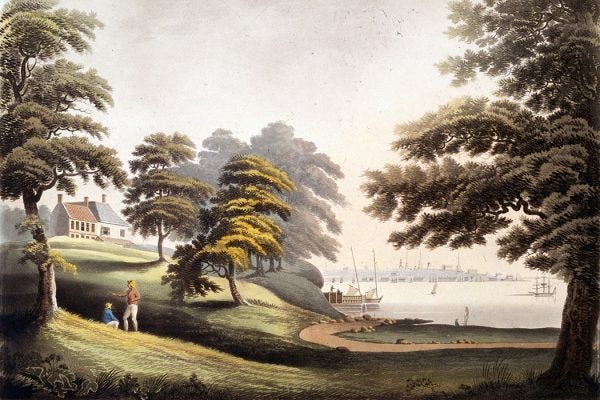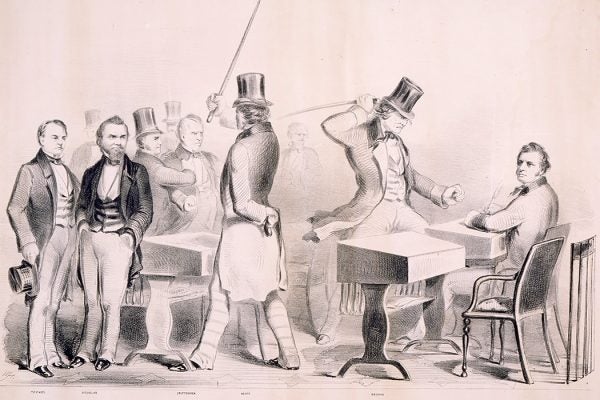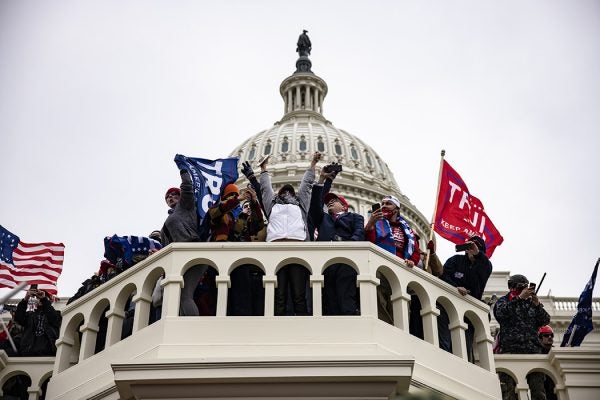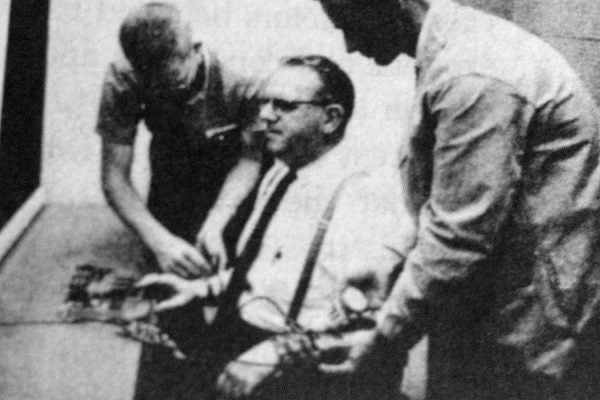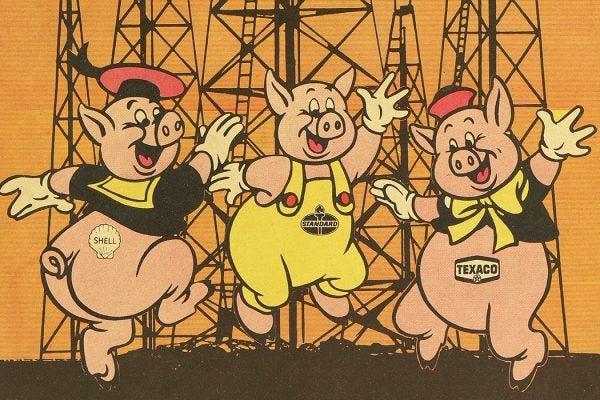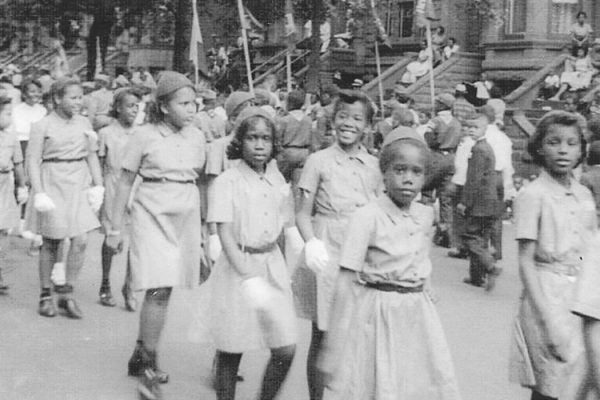The First Vietnamese in America
Before 1945, many Vietnamese migrants to the United States were laborers. One was Ho Chi Minh.
How the Civil War Got Its Name
From "insurrection" to "rebellion" to "Civil War," finding a name for the conflict was always political.
Native Nations and the BIA: It’s Complicated
Historically, relations between Native Americans and the Bureau of Indian Affairs have been contentious. Is that still the case?
The Early American Radical Fiction of John Lithgow
In the early 1800s, the Scottish immigrant wrote an anonymous tract imagining equality. He was worried about the brand-new American republic.
Can You Be a Good Scientist and a Horrible Person at the Same Time?
Consider Constantin Merezhkowsky, theorist of symbiogenesis.
Political Divisions Led to Violence in the U.S. Senate in 1856
The horrific caning of Charles Sumner on the floor of the Senate in 1856 marked one of the most divisive moments in U.S. political history.
Politics and Power in the United States: A Syllabus
Historical and scholarly context for the January 6, 2021 insurrection.
The Hidden Meaning of a Notorious Experiment
In Stanley Milgram's studies of obedience, people believed they were giving shocks to others. But did their compliance say much about the Nazis?
The Campus Underground Press
The 1960s and 70s were a time of activism in the U.S., and therefore a fertile time for campus newspapers and the alternative press.
Desegregating the Girl Scouts
The Girl Scouts had always professed that they were open to all girls. But how did that play out in segregated cities?
